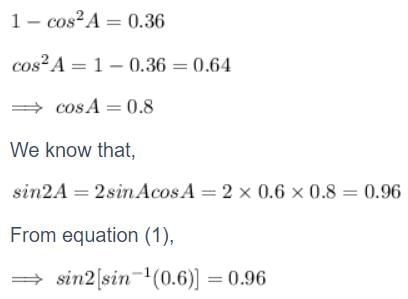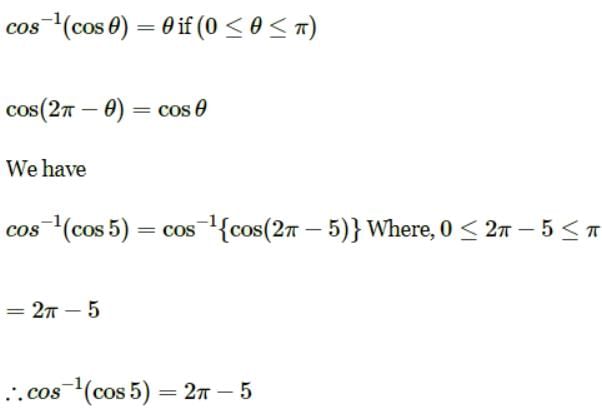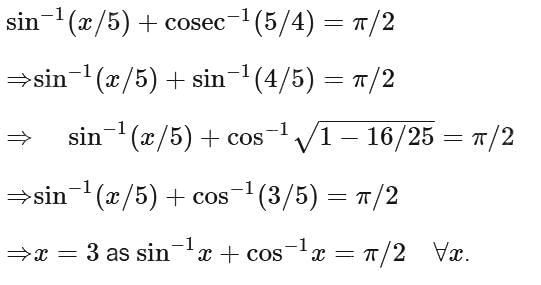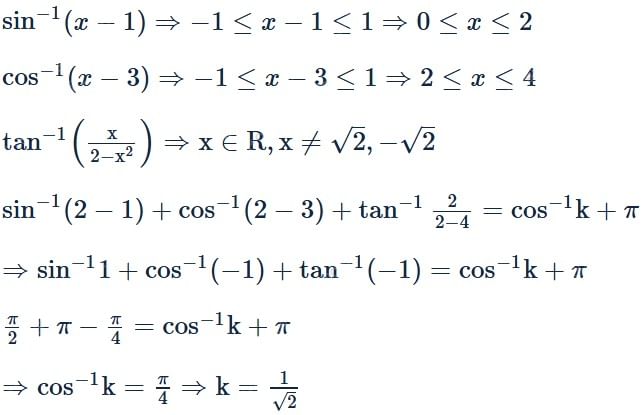Test: Properties Of Inverse Trigonometry - JEE MCQ
Test Description
15 Questions MCQ Test - Test: Properties Of Inverse Trigonometry
Test: Properties Of Inverse Trigonometry for JEE 2025 is part of JEE preparation. The Test: Properties Of Inverse Trigonometry questions and answers have been prepared
according to the JEE exam syllabus.The Test: Properties Of Inverse Trigonometry MCQs are made for JEE 2025 Exam.
Find important definitions, questions, notes, meanings, examples, exercises, MCQs and online tests for Test: Properties Of Inverse Trigonometry below.
Solutions of Test: Properties Of Inverse Trigonometry questions in English are available as part of our course for JEE & Test: Properties Of Inverse Trigonometry solutions in
Hindi for JEE course.
Download more important topics, notes, lectures and mock test series for JEE Exam by signing up for free. Attempt Test: Properties Of Inverse Trigonometry | 15 questions in 15 minutes | Mock test for JEE preparation | Free important questions MCQ to study for JEE Exam | Download free PDF with solutions
Detailed Solution for Test: Properties Of Inverse Trigonometry - Question 1
Detailed Solution for Test: Properties Of Inverse Trigonometry - Question 2
Test: Properties Of Inverse Trigonometry - Question 3
If ab + bc + ca = 0, then find 1/(a2-bc) + 1/(b2 – ca) + 1/(c2- ab)
Detailed Solution for Test: Properties Of Inverse Trigonometry - Question 3
Detailed Solution for Test: Properties Of Inverse Trigonometry - Question 4
Detailed Solution for Test: Properties Of Inverse Trigonometry - Question 5
Detailed Solution for Test: Properties Of Inverse Trigonometry - Question 6
Detailed Solution for Test: Properties Of Inverse Trigonometry - Question 7
Detailed Solution for Test: Properties Of Inverse Trigonometry - Question 8
Detailed Solution for Test: Properties Of Inverse Trigonometry - Question 9
Detailed Solution for Test: Properties Of Inverse Trigonometry - Question 10
Detailed Solution for Test: Properties Of Inverse Trigonometry - Question 11
Detailed Solution for Test: Properties Of Inverse Trigonometry - Question 12
Test: Properties Of Inverse Trigonometry - Question 13
If sin−1(x/5) + cosec−1(5/4) = π/2 then the value of x is
Detailed Solution for Test: Properties Of Inverse Trigonometry - Question 13
Detailed Solution for Test: Properties Of Inverse Trigonometry - Question 14
Test: Properties Of Inverse Trigonometry - Question 15
If sin−1(x−1)+cos−1(x−3) + tan−1  =cos−1k+π, then the value of k=
=cos−1k+π, then the value of k=
Detailed Solution for Test: Properties Of Inverse Trigonometry - Question 15
Information about Test: Properties Of Inverse Trigonometry Page
In this test you can find the Exam questions for Test: Properties Of Inverse Trigonometry solved & explained in the simplest way possible.
Besides giving Questions and answers for Test: Properties Of Inverse Trigonometry , EduRev gives you an ample number of Online tests for practice
Download as PDF




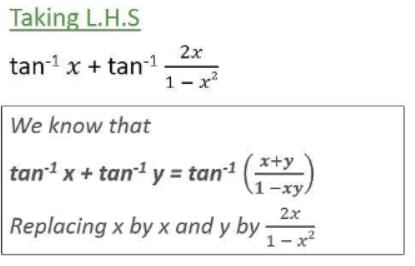
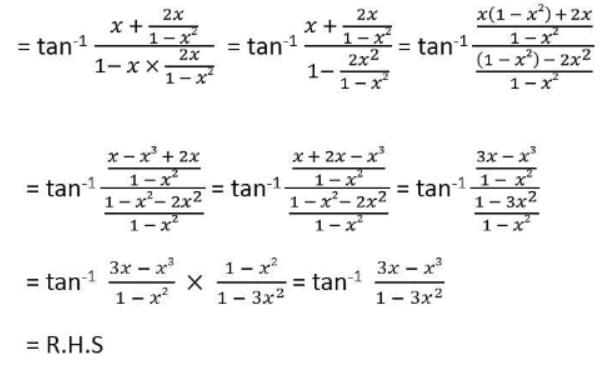
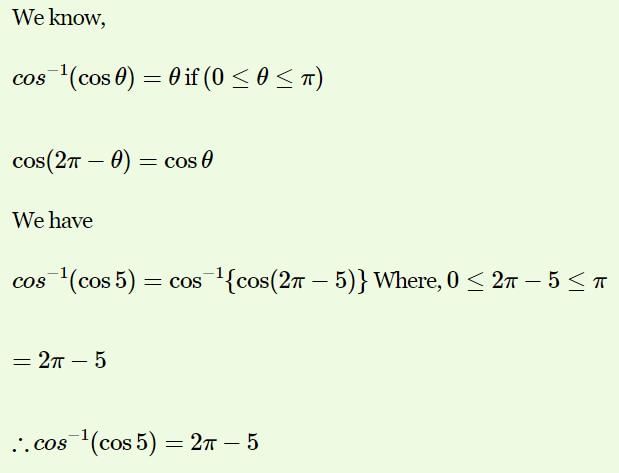
 ( Since, sin² A + cos² A = 1 ⇒ sin² A = 1 - cos² A ⇒ sin A = √(1-cos² A) )
( Since, sin² A + cos² A = 1 ⇒ sin² A = 1 - cos² A ⇒ sin A = √(1-cos² A) )